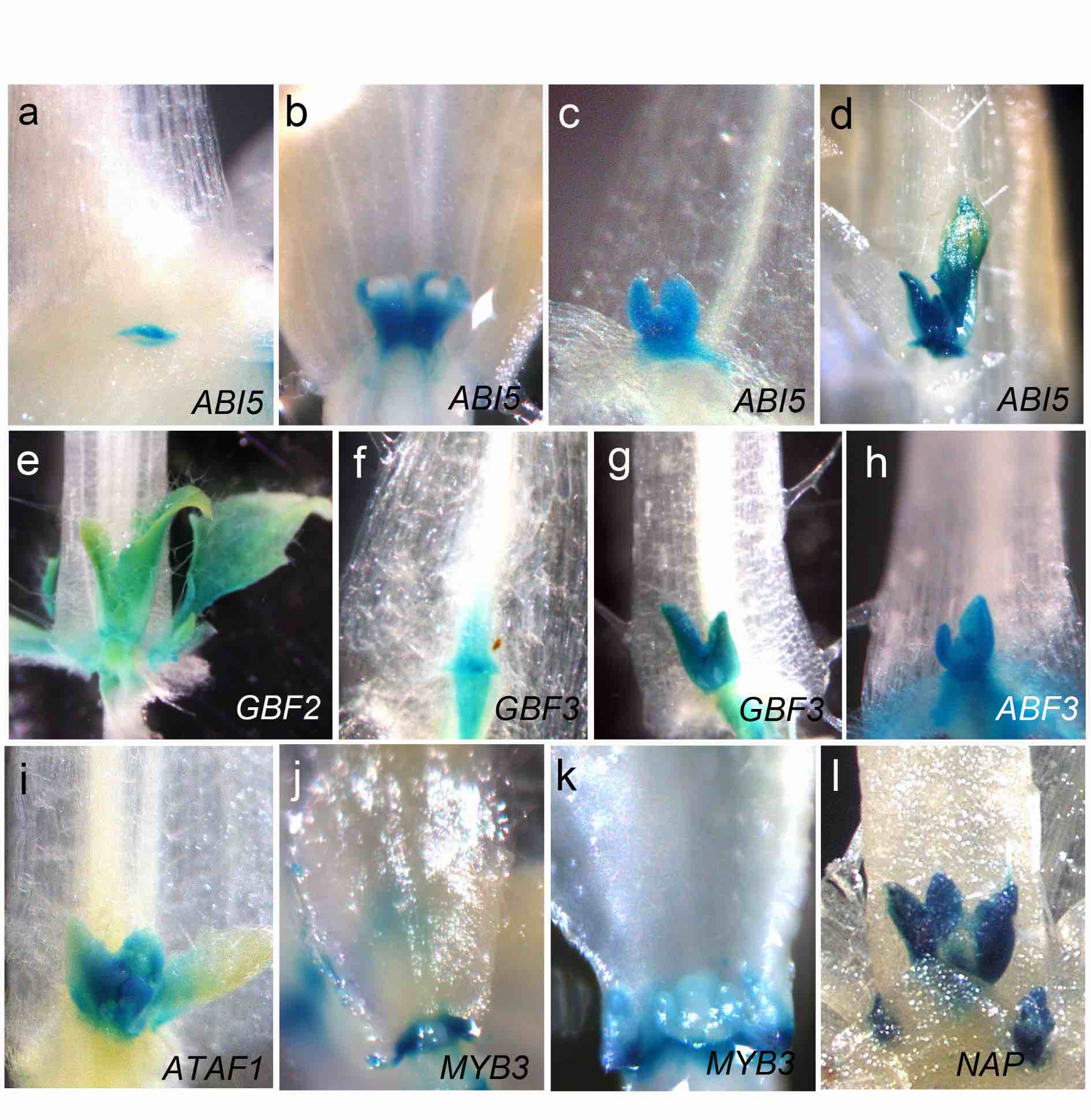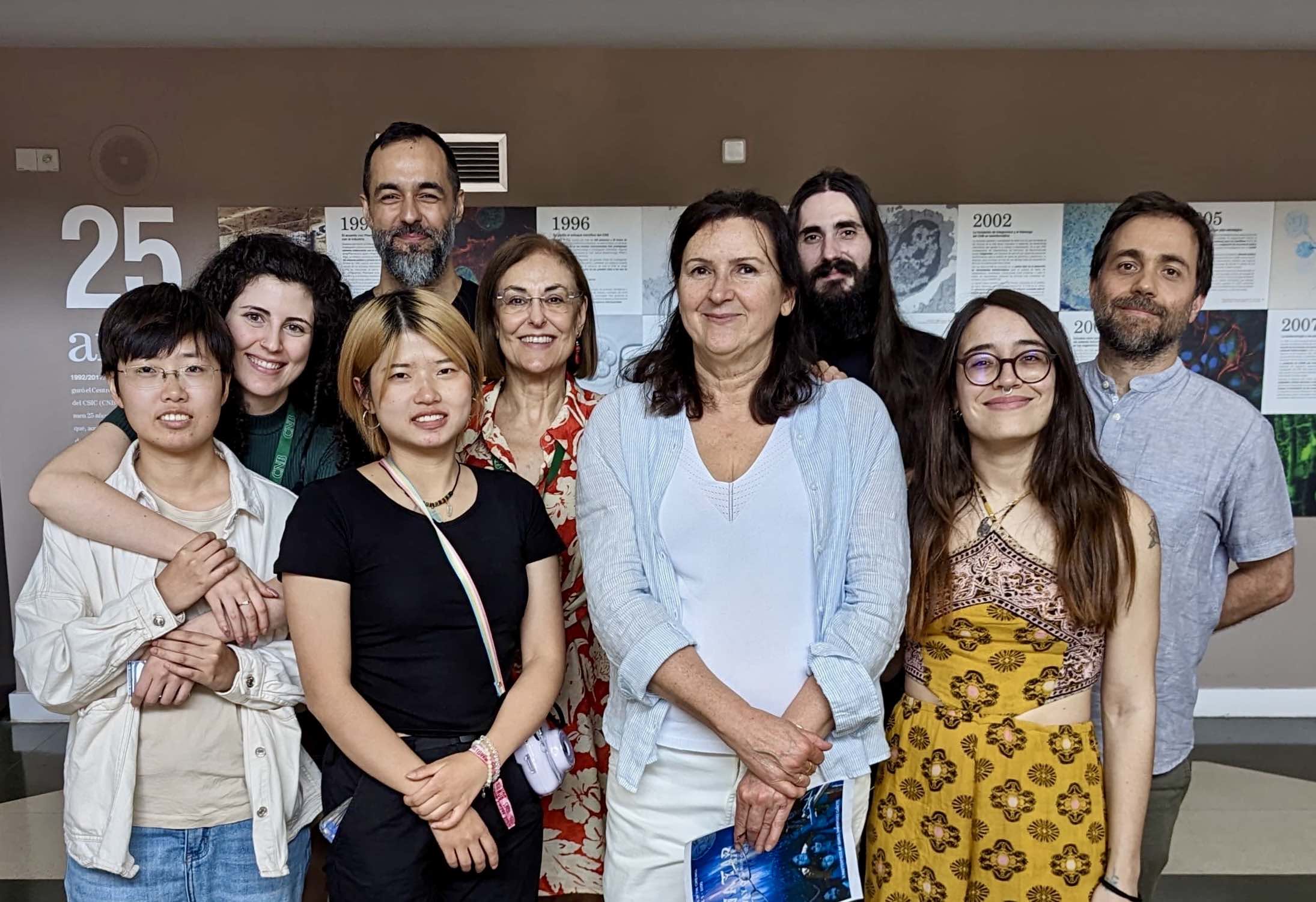Genetic Control of Shoot Branching Patterns in Plants
RESEARCH GROUP

Pilar Cubas
Group Leader
Research Summary
We are studying the gene regulatory networks controlling axillary bud development, activity and dormancy in the model system Arabidopsis thaliana, and in the crop species tomato and potato, species in which the control of lateral shoot branching is of great agronomical interest. A primary focus of our research is the molecular activity, regulation, and evolution of the transcriptional regulator BRANCHED1, a TCP transcription factor that plays a central role in promoting axillary bud dormancy. BRANCHED1 has also been instrumental during crop domestication for the optimization of plant architecture. In addition, we are collaborating with seed companies to improve traits of interest if in several crop species using gene editing techniques.
Research Lines
–Transcriptional regulation of the BRC1 gene. We are performing a high-resolution analysis of the molecular mechanisms controlling the highly restricted expression of the BRC1 gene in cis and trans, in response to environmental cues and endogenous signals, most prominently, strigolactones and sucrose.
-Gene regulatory networks controlling bud dormancy. We are analyzing at the single-cell resolution level the gene regulatory networks induced and repressed in dormant buds. We are also studying the changes in chromatin structure, epigenetic marks and accessibility between the active and dormant buds.
-Molecular role of BRC1 as a transcription factor. We are analysing the activity of BRC1 in the context of chromatin structure and its interaction with other components of the transcriptional machinery.
-Evolution and conservation of the TCP genes involved in the control of plant architecture. This project has a two-pronged objective: first to obtain basic biological knowledge on how molecular evolution leads of novel gene functions and morphological changes in plant architecture and also the degree of conservation of the central genes controlling dormancy and its application ot modulate shoot branching patterns in crop species.
-Use of gene editing as a tool to optimize production traits in crops of interest. We are using state-of-the-art gene editing techniques to target candidate genes known to cause developmental changes beneficial for agricultural purposes in selected crop species.

Publications
Group Members
Group Leader
Pilar Cubas
Project Leader
Michael Nicolas
Lab assistants
Isabel Domínguez
Ainhoa Morillas
PhD candidates
Aitor Muñoz
Yan Long
Gema Castillo
Liping Tang





